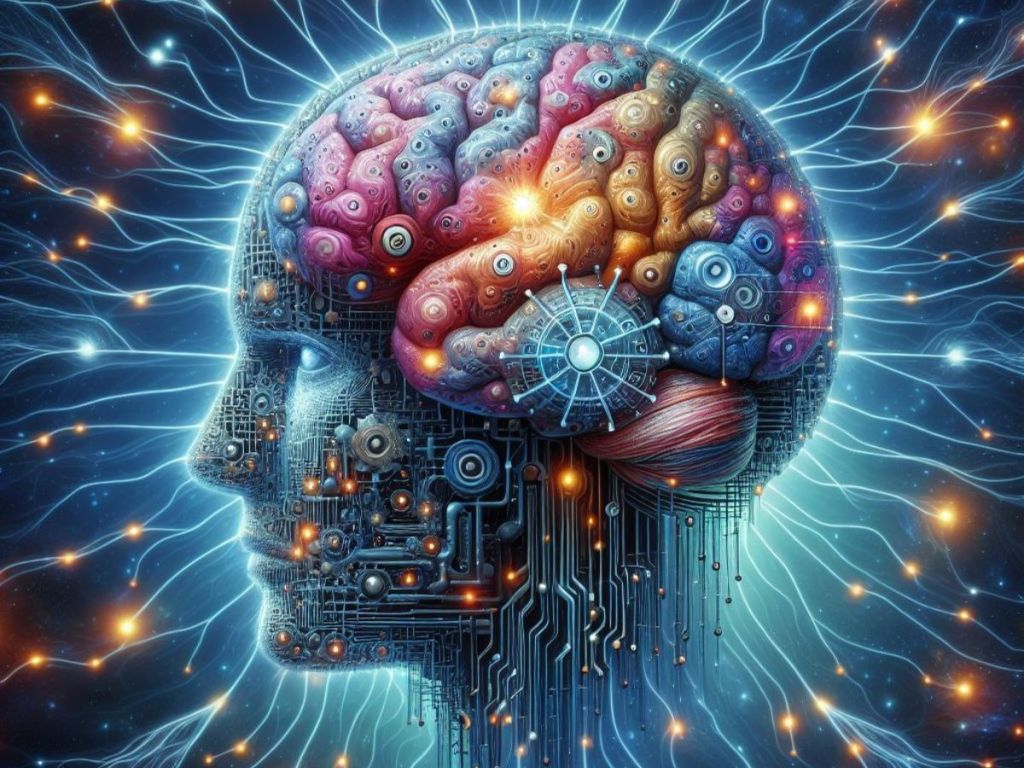We are seriously living in the future now. Researchers in the US were able to link up artificial intelligence with living human brain cells and the AI was even able to distinguish the voice of one person from hundreds of sound clips. So, yeah things are getting wild.
The system is called Brainoware” and integrates human brain cells into a computing framework.
The organoids, or mini-brains, are made up of around 100 million nerve cells – while that seems like a lot, it is actually far less than the 100 billion nerve cells found in a human brain.
To put this in perspective, a million seconds is 1.6 weeks. But a billion seconds is more than 31 years! So, yeah a real human brain has a boatload more nerve cells.
Researchers said these mini-brains take two to three months to develop and can be sustained for a further two to three months. The hope is that using mini-brains for AI systems will be more energy-efficient than traditional silicon chips.
The organoids are only a few millimetres wide and are placed on top of a microelectrode array. That is then used to send electrical signals to the organoid and detect when nerve cells fire in response.
What’s important to note here is that the mini-brains aren’t the things that are learning. It is still a computer that is doing the learning. The organoids are just a part of the process, but it’s not like scientists are creating some crazy half-human, half-AI brain.
Electrical signals actually change the structure of the organoid, and then the AI system is able to recognise the change and learn from it. And in this case, it was able to distinguish one individual’s voice from hundreds of others.
“This is just proof-of-concept to show we can do the job,” researcher Feng Guo at Indiana University Bloomington told New Scientist. “We do have a long way to go.”
Will these mini-brains become sentient?
Possibly! Scientists have been working to make organoids bigger and more complex. In fact, one mini-brain was even able to develop “eyes” that were capable of detecting light.
But at this point, mini-brains are just stem cells that have been coaxed to grow into weird little blobs of brain tissue without thoughts, emotions, or consciousness.
But as this research continues to make waves, and teams up with AI, who knows?





